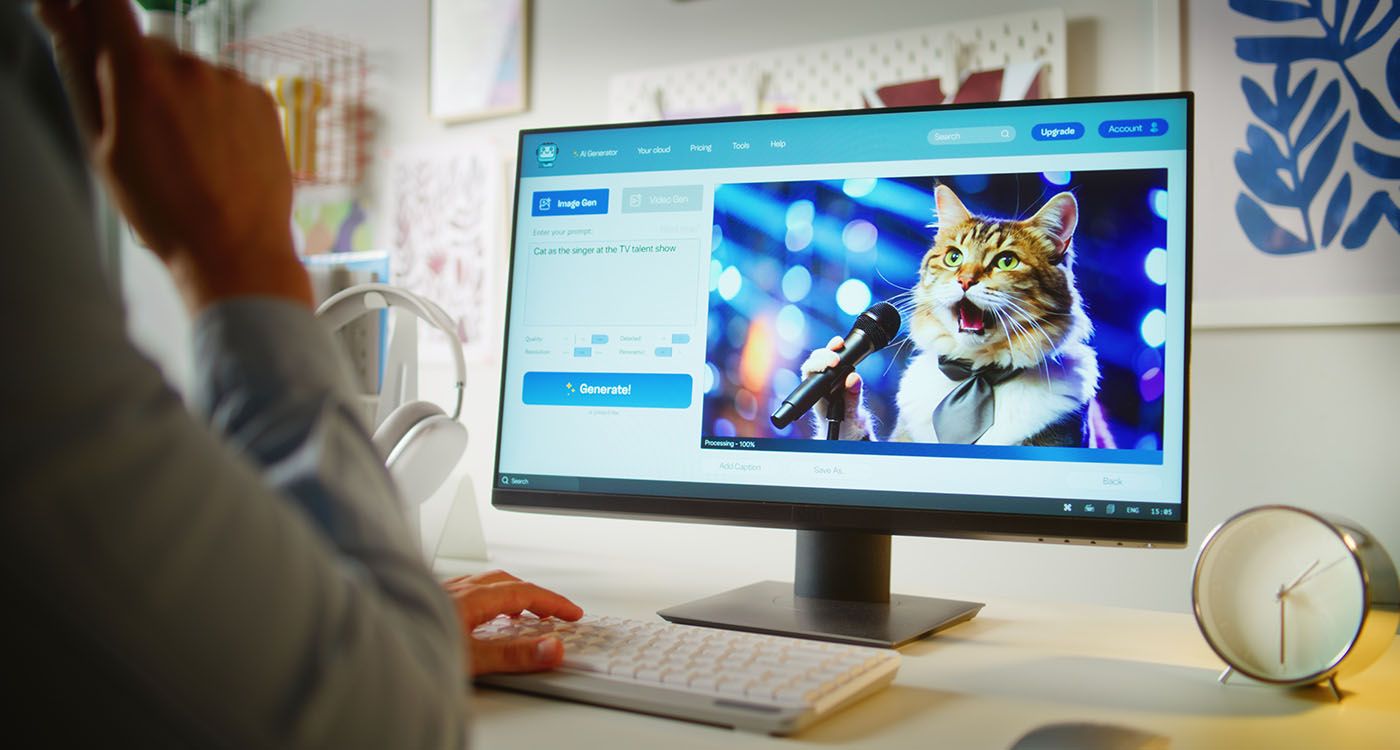
What if your cat’s meows were no longer a mystery? American company Pattern is developing an artificial intelligence system that claims to decode feline vocalizations with 95% accuracy. Here’s a closer look at this intriguing promise.
When it comes to human-animal communication, cats have always had the upper hand. They observe us, manipulate us with their gaze, wake us up for mysterious reasons and sometimes meow endlessly. But what are they really trying to say?
For years, cat owners have wondered: Is this meow a request for food, a complaint or just a greeting? Until now, interpretation relied mostly on personal guesses.
Today, an American start-up claims it can change the game thanks to AI.
Pattern, a US-based startup, says it has developed an AI capable of translating cat meows in real time. Its system, called Feline Glossary Classification 2.3, uses an extensive vocal database and advanced sound-processing technology. According to a preprint published in May 2025, it reportedly achieves 95% accuracy in identifying the behavioral meaning behind meows, whether your cat is hungry, in pain, seeking attention or simply bored.
Decoding Meows
At first glance, the idea may sound like yet another tech gimmick. But research into feline vocalizations is real: studies show cats have developed a unique vocal communication with humans, different from the one they use with other cats.
Meows are therefore not random, they adjust according to the person, the time of day and the context.
Pattern’s algorithm classifies meows into 40 categories, grouped into five main families: physiological needs (hunger, thirst), emotional states (fear, anxiety), social requests (petting, attention), discomfort (pain, unease) and neutral expressions (greetings, curiosity). AI analyzes the meow’s spectral structure — pitch, duration, modulation — to produce a behavioral profile that can be relayed to an app or smart speaker in real time.
Unlike existing apps, such as MeowTalk (launched in 2021 by a former Amazon Alexa engineer), Pattern claims a more scientific, context-based approach, offering dynamic interpretations rather than generic translations like “I want food” or “I love you.”
Still, experts remain cautious: Can a meow truly be “translated” like a human sentence? Feline vocal signals are often ambiguous and context-dependent., Individual variability is indeed huge: every cat has its own “accent” and vocal habits. Can an AI really grasp them all?
Experts remain cautious. While the technology is promising, it has yet to undergo peer-reviewed validation in a scientific journal. Its effectiveness was measured internally, using datasets recorded by Pattern. An independent assessment involving veterinarians and ethologists would be necessary to confirm the results.
A Revolution in the Making?
Skepticism did not stop progress elsewhere. In China, Baidu has patented an AI that cross-analyzes animal sounds with physiological data (like heart rate or posture) to detect distress. In Japan, researchers are mapping feline emotions through facial recognition.
Animal “translation” is no longer a futuristic whim, it is an active techno-ethological field, fueled by advances in machine learning.
For cat owners, this AI is no trivial matter. If it lives up to its promises, it could transform the relationship we have with our pets. Understanding that a meow expresses discomfort, pain or a specific need could help prevent issues, strengthen emotional bonds and avoid misunderstandings. It could also improve the quality of life for elderly, sick or anxious cats.
But this promise has its limits. Animal language, even vocal, is not a human language. It consists of signals, perceptions and rhythms. No algorithm can replace the intuition of a caring owner or the unique bond that develops over time. AI can help us understand, but it certainly cannot love for us.

Comments